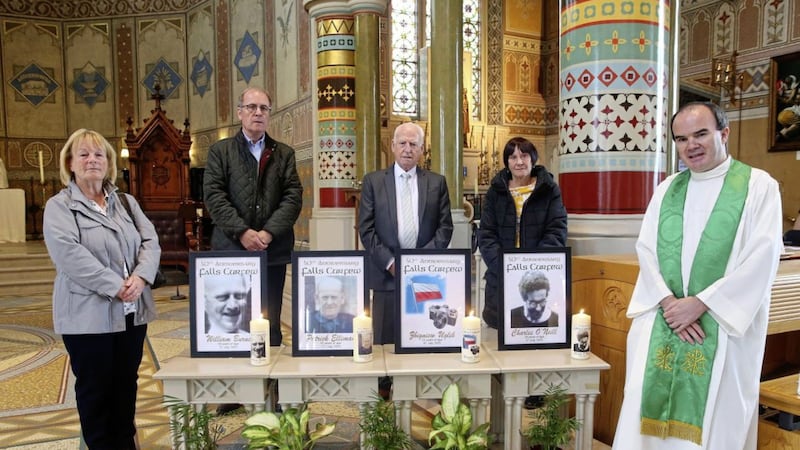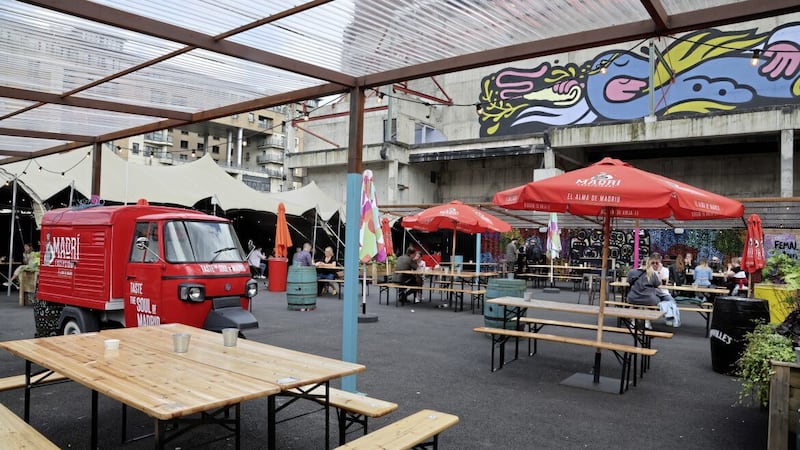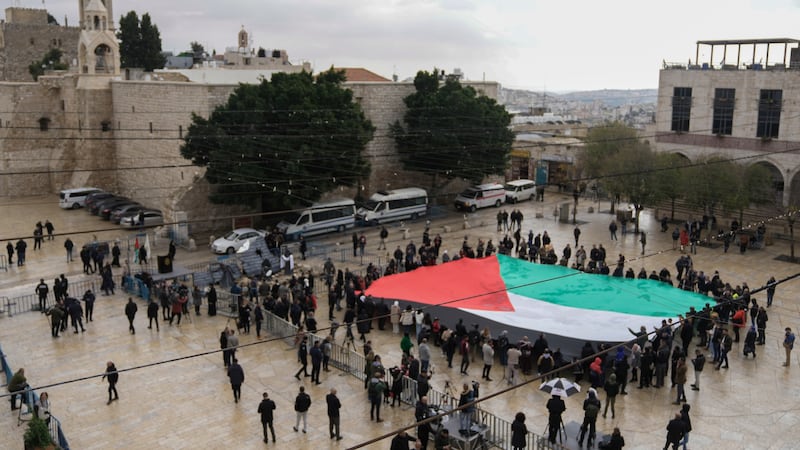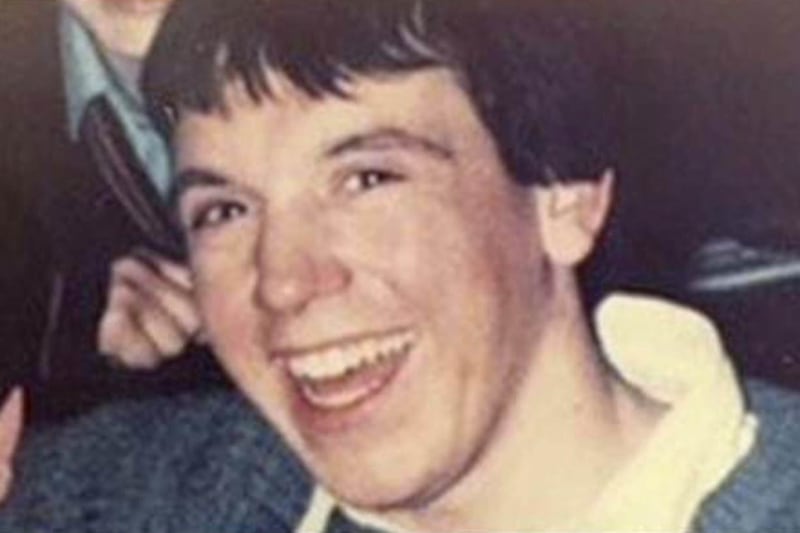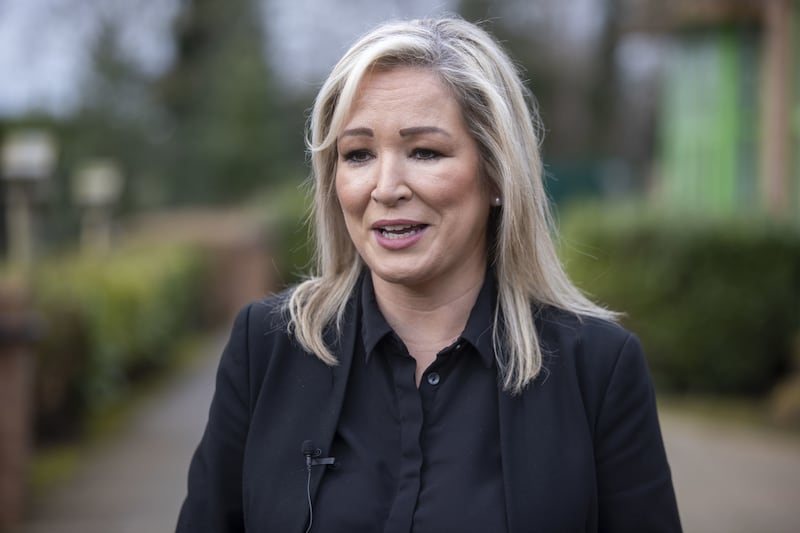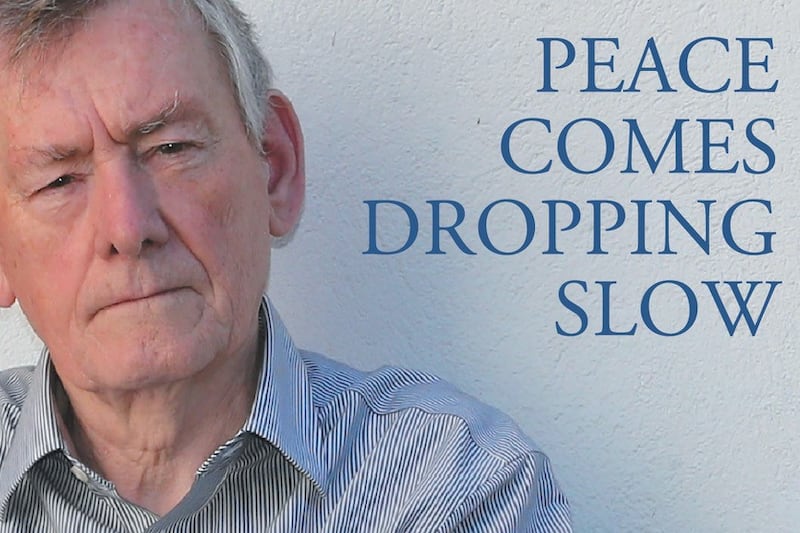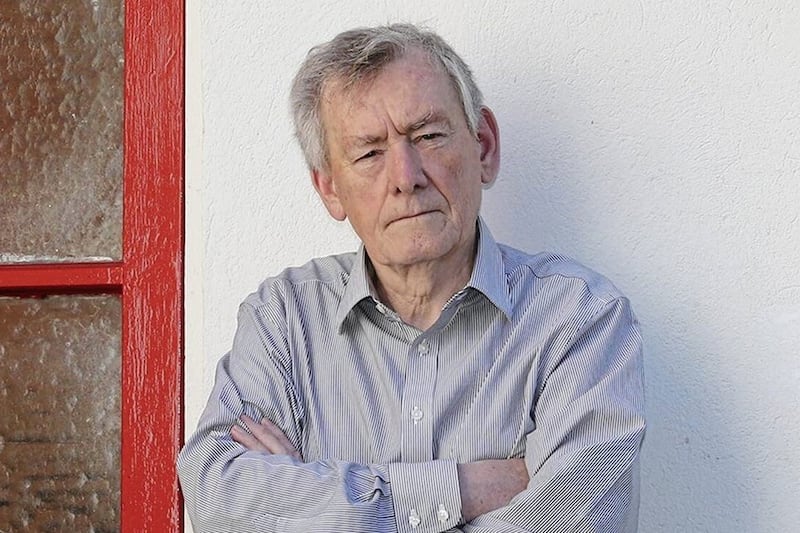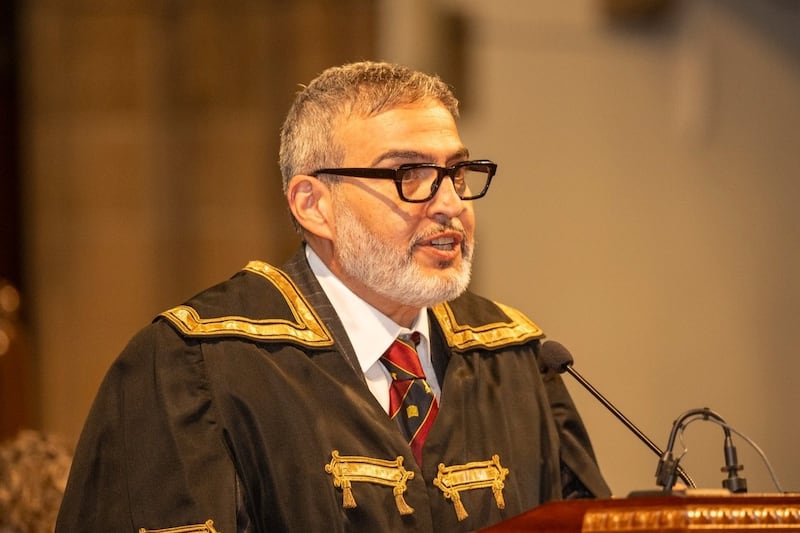RELATIVES and friends of four men killed by the British army during the Falls Curfew 50 years ago gathered at the weekend to mark the anniversary.
The curfew in west Belfast took place between July 3 and 5 1970.
During the military siege thousands of nationalists were held in the Lower Falls area for two days.
Four people were killed by the British army and 60 civilians injured, while it was reported that 18 soldiers were injured as a result of gun and grenade attacks carried out by republicans.
Many see the curfew as a turning point in the relationship between the nationalist population and the British army, which had been deployed on the streets the previous summer.
During the operation several gun battles raged between members of the Provisional IRA, Official IRA and British army.
In December 1969 the IRA had split into the two factions, with the Official grouping being the strongest in the Lower Falls area at the time of the curfew.
The Provisionals on the other hand had around 12 members in the district and were poorly equipped in comparison.
On July 3 1970 the British army carried out an arms raid on a house in the Balkan Street area - an operation which would have long term consequences.
Military documents recently discovered by the charity Paper Trail confirm the arms dump was found after a tip-off from an informer.
Read more: Information identifying informer linked to Falls Curfew revealed in British army logs
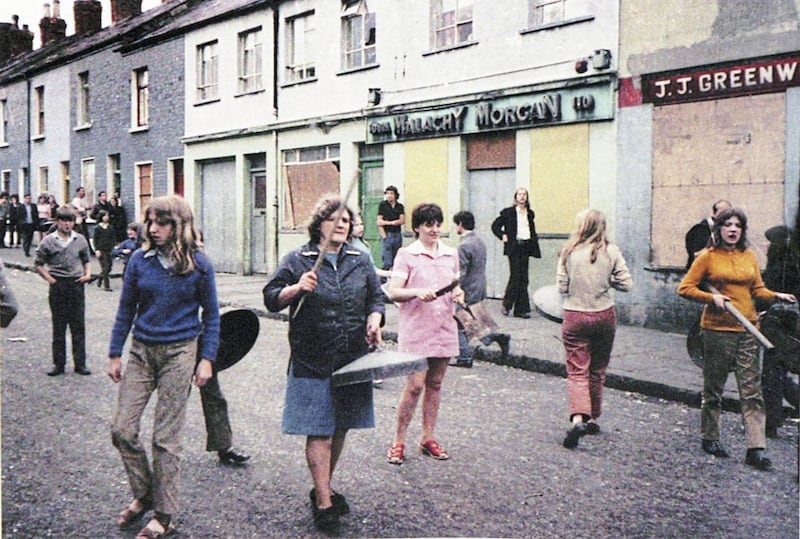
During the raid, which was carried out by the RUC and members of the Royal Scots Regiment, a total of 15 pistols, a MK IV rifle , a Schmeiser sub-machine gun and a large quantity of ammunition were taken from the house.
Trouble flared as troops were attacked by youths as they attempted to leave the area.
As tensions rose, back-up arrived from other military regiments and in response barricades were erected by local residents.
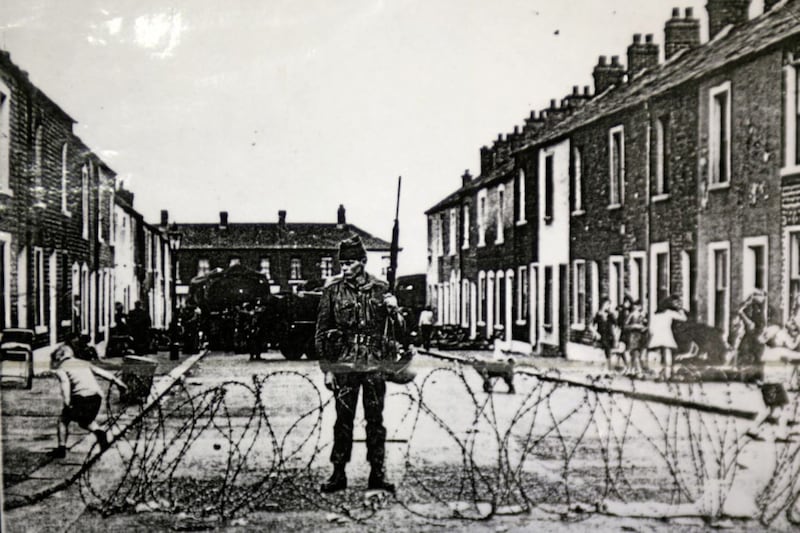
In the early evening the Official IRA attempted to remove other arms from the district over concerns that more raids may be carried out.
Their Provisional counterparts also launched several home-made blast bombs at troops, causing injuries.
At around 10pm on the evening of July 3, a curfew taking in an area that included around 3,000 homes was put in place.
A military helicopter using a loud speaker flew over the district to announce the lockdown.
Inside the curfew zone, barricades were dismantled and hundreds of homes were searched.
During the military operation 337 local people were arrested.
The curfew was eventually broken on Sunday July 5 when up to 3,000 people marched from Andersonstown to British army lines with food and supplies.

By that stage around 100 weapons, bombs, explosives and ammunition had been discovered by military raiding parties.
After initially claiming it had fired just 15 rounds, the British army later admitted it there had in fact been more than 1,400 shots.
Hundreds of rounds may also been fired by republicans.
Over the course of the curfew 1,600 CS gas cannisters were also fired in the streets around the Lower Falls.
The curfew was put in place just a week after the 'Battle of St Matthew's' saw a fierce gun battle between republicans and loyalists result in three deaths in east Belfast's Short Strand area.
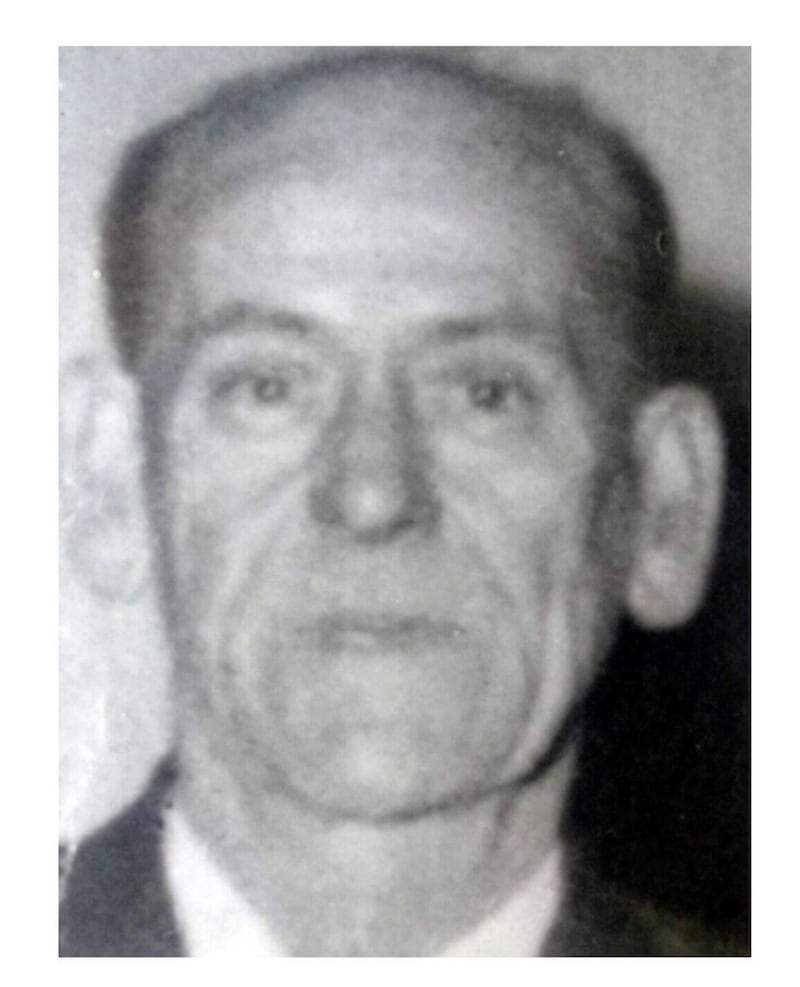
While the focus of the British army operation on the Falls was the Official IRA, it is viewed as a key moment in the emergence of the Provisional IRA.
Up until July 1970 there had been an uneasy relationship between the nationalist population and British troops deployed after Catholic areas were attacked by loyalists the previous summer, often as the RUC and B-Specials looked on.
Some take the view that the Falls Curfew was part of a response to appease unionists in the face of the growing threat from republicans.
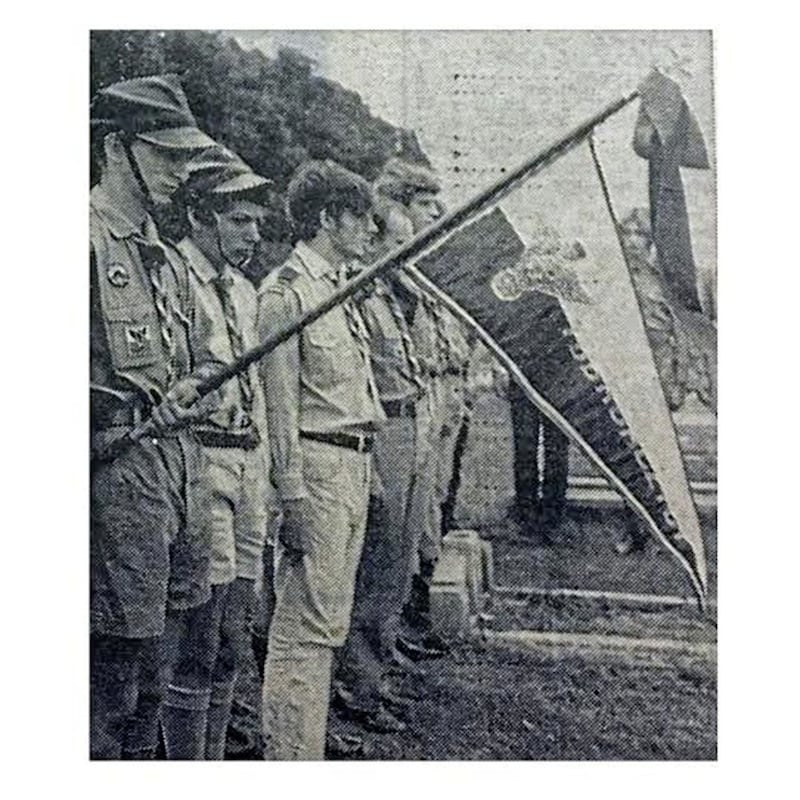
It later emerged that the British army drove two unionist politicians through the empty streets of the nationalist district - an event seen by many as an act of triumphalism.
The four men killed were Charlie O'Neill (36), William Burns (54), Patrick Elliman (62) and Polish photographer Zbigniew Uglik (24).
Charlie O'Neill was a former member of the RAF who had returned to Belfast to live with mother Kitty just months before his death.
The father-of-two was returning from St George's Market when he was struck by a saracen vehicle travelling at speed on the Falls Road on July 3.
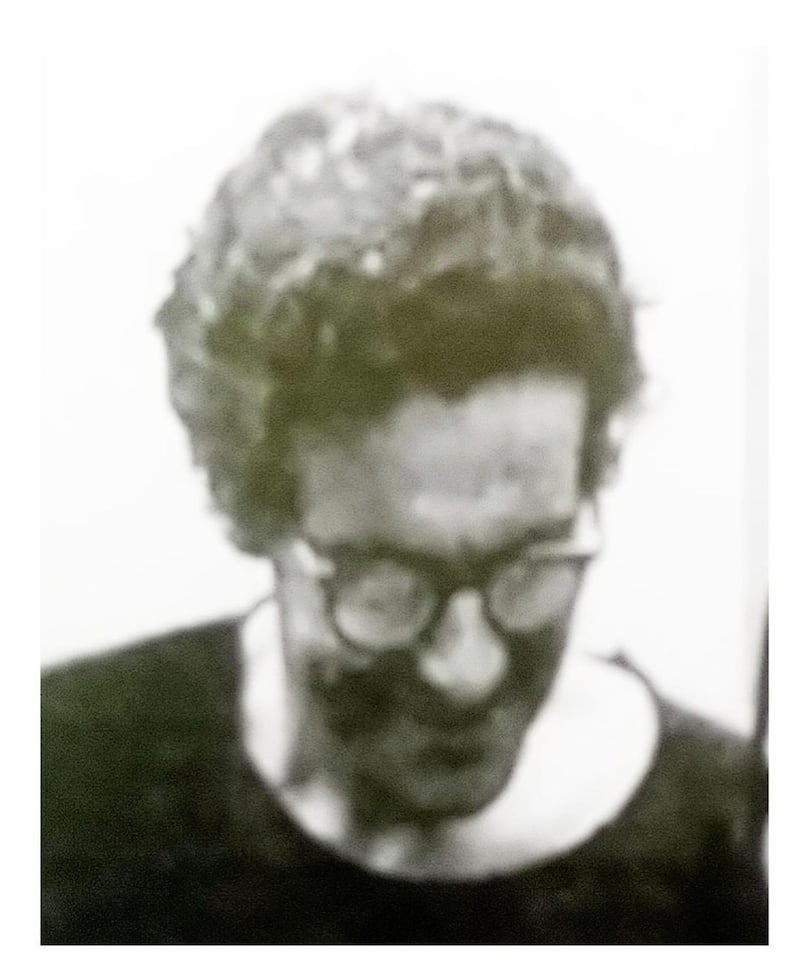
His niece Colette McDade was aged 19 at the time and has clear memories of her uncle, who joined the RAF at 18 and later left due to ill-health.
The 69-year-old believes her uncle was killed as he tried to stop the speeding saracen.
“He put up his hands to slow the saracen down and there was another man there beside him,” he said.
“Charlie at that time thought he could calm it down a bit but they didn't (slow).
“They built up their speed and knocked him into the air and when he came down he banged his head, he had a fractured skull and died almost immediately.”
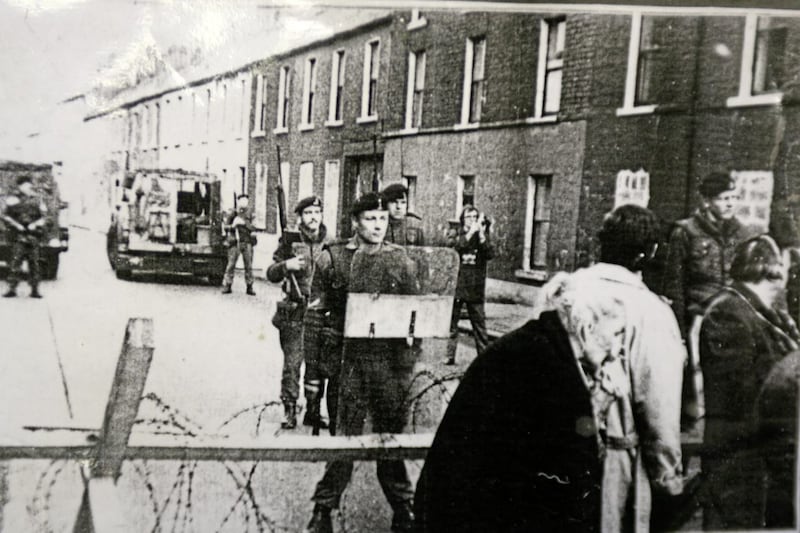
She revealed that her granny found out about her son's death through The Irish News the following morning.
“Charlie was a gentle soul and when he came home from England he tried to make up for lost time,” she said.
“He was gentle and kind and it was just so sad when happened to him.”
“Those four men were totally innocent people and to this day we have never received an apology.”
She said her uncle “didn't pose any threat” when he was killed.
“It was devastating the way he was killed,” she said.
“It's 50 years ago and we don't want it forgotten because it's part of history.
“Our family will never forget him.”
Amateur photographer Zbigniew Uglik (23) was shot dead by a British solder in the early hours of July 4.
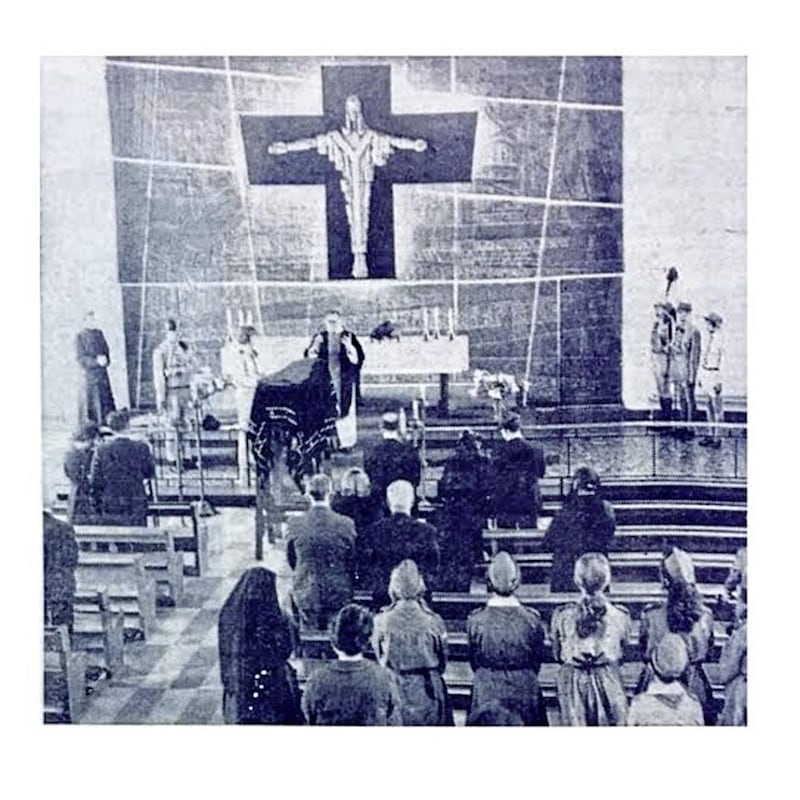
The Polish national, who had been living in England with his family, arrived in Belfast just hours before he was killed.
It is believed that after booking into a south Belfast hotel he made his way to the Lower Falls.
Local man William Gray gave the budding photographer shelter in his home.
In the early hours of July 4 he attempted to return to his hotel for more equipment despite being advised not to go outside.
He was shot as he climbed over a wall near St Peter's Cathedral at a spot locals say was outside the curfew zone.
At an inquest it was claimed that he had traces of lead on his hands and this could have been caused from firing a gun.
The court also heard the traces could have been caused through handling cameras or photographic equipment.
Belfast-based writer Padraig Ó Meiscill has researched the background to the killing.
Mr Ó Meiscill, who is writing a novel loosely based on Mr Uglik's life, said: “The British army claimed he was a sniper, the media alleged he was a Russian agent, and the verdict of ‘misadventure’ - essentially the legal definition of ‘it was your own fault’ - was arrived at by the coroner.
“The record should be set straight - Zbigniew Uglik was not a sniper, he was not a spy, he was a young man who came in peace to observe and document the plight of the nationalist people of Belfast - and he was shot down in cold blood by the armed forces of his own government.”
A series of events were arranged to remember the curfew at the weekend.
One of the organisers, Robert McClenaghan, said it was hoped to highlight “the fact that 50 years after the curfew we still do not have a proper inquest into the people (killed), the 337 people arrested, the homes wantonly destroyed and the illegality of the curfew,” he said.
“The fact that no-one was charged from the British army became the precedent for what happened afterwards in 1971 in Ballymurphy, in January 1972 in Derry during the Bloody Sunday massacre, July 1972 at Springhill and in 1973 with the New Lodge massacre.
“If charges had been brought, 'shoot to kill' may not have been government policy and we might have avoided it.”
A special 50th anniversary Mass to remember those killed was held in St Peter’s Cathedral on Sunday.
Read more: Information identifying informer linked to Falls Curfew revealed in British army logs
